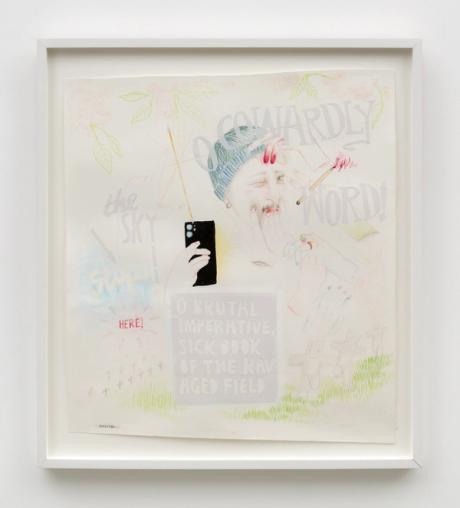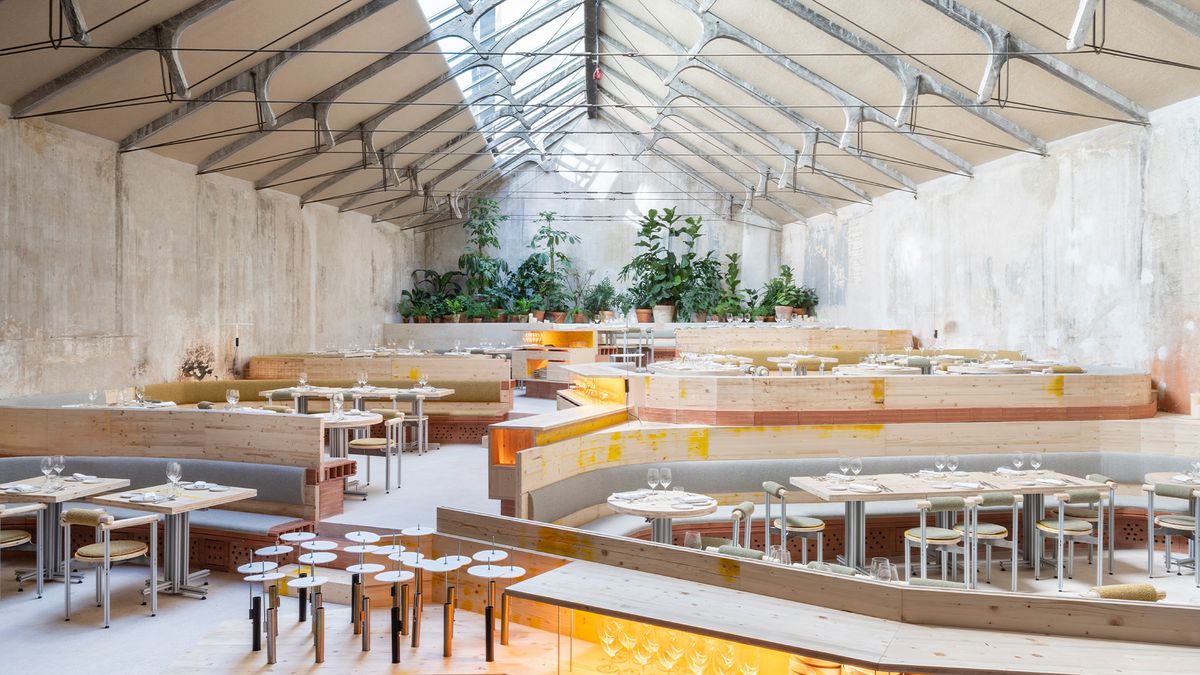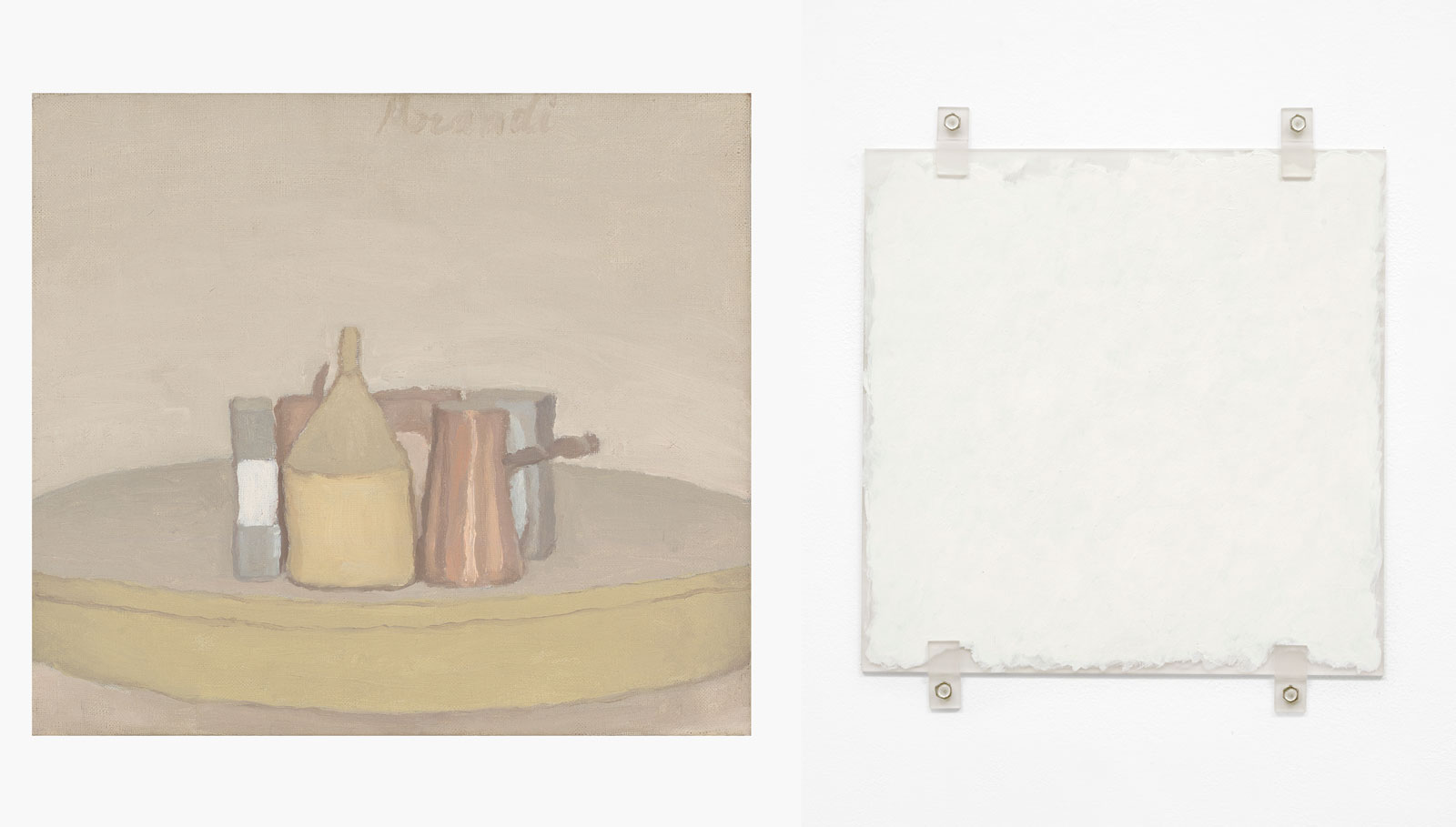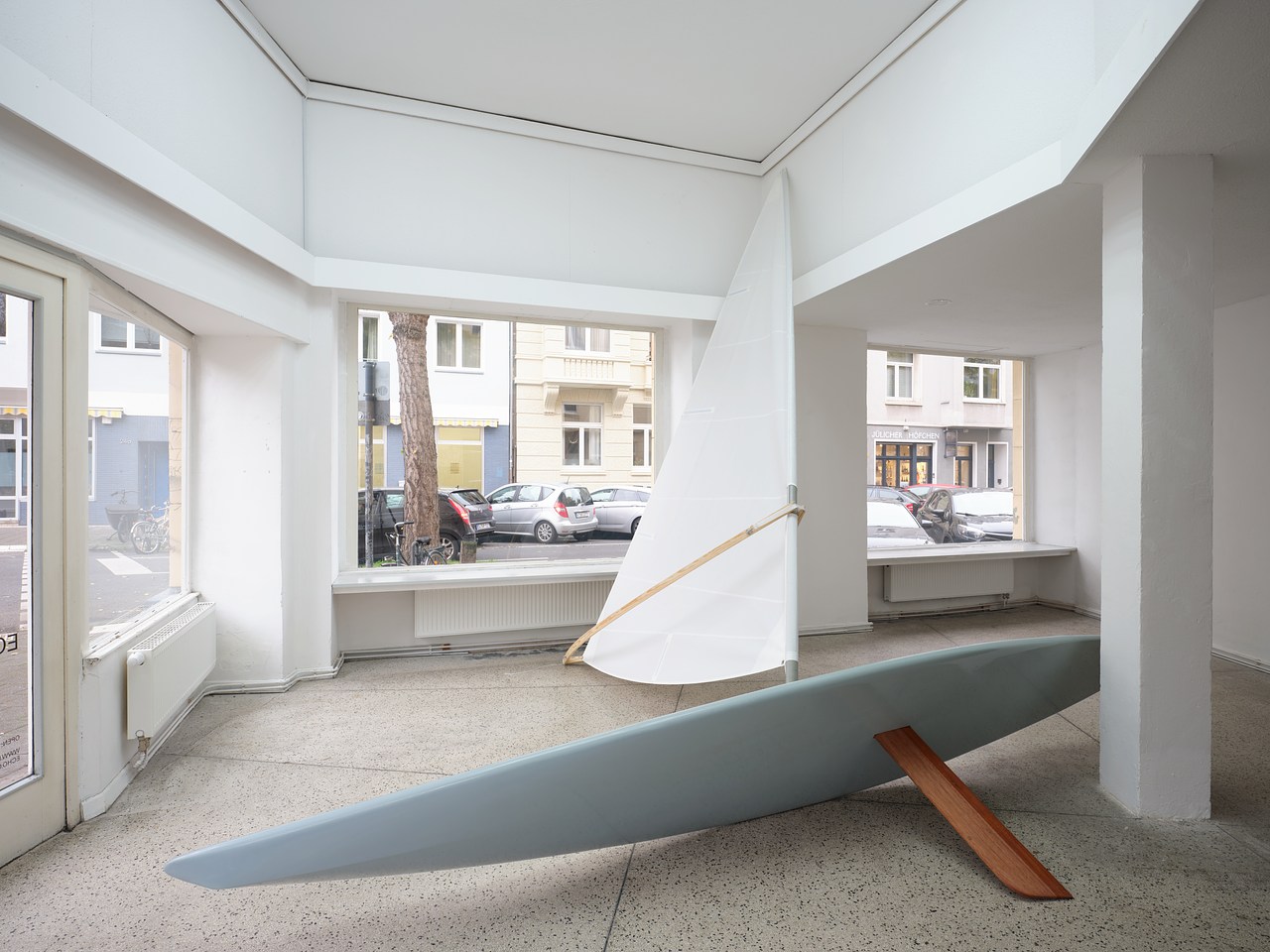Static Field I
2011 - Painting (Painting)
48 x 96 inches
Kamau Amu Patton
Kamau Amu Patton’s painting Static Field I originates from a system of electronic and digital media. The image we see on the canvas was created by pointing a camera into its output—a gallery wall—and subsequently generating a feedback loop. Patton then records the distorted image, digitizes it and prints the file onto unprimed canvas with the help of a machine. Since canvas is a porous surface when unprimed, two people need to gradually spray the canvas with water and smooth out the wet surface in order for the machine’s potter arm to work. The result is a choreography between two people and a machine, working together in a way that is uncomfortable or unusual and constantly learning from each other. The distortion or visual noise we see—also called signature—emanates from the technology and the process itself. Similar to the familiar white noise we remember watching in our TVs, the noise is the result of atmospheric, electromagnetic, radio, and sometimes even thermal waves from nearby devices. Patton purposefully leaves this in to make the intangible tangible and capture traces of these invisible forms that are all around us.
Kamau Amu Patton is a collector of the intangible. Using—or misusing—electronic media, he gathers sound, colour, light, and radio waves, which he then transforms through the prism of digital technology into artworks. Video feedback from a camera pointed at a gallery wall or a radio signal from a nearby antenna are examples of some of the inputs Patton uses, which are subsequently processed, digitized, amplified or re-routed through complex loops of information. Patton’s interest, however, goes beyond the visual outputs that result from the systems he deploys. For him, these intangible forms—whether electromagnetic or audiovisual—are lifeforms from the digital world that we’ve created, and as such, extensions of our own consciousness. With this in mind, as part of his process, he often responds to specific documents, archives and stories of specific sites in order to engage with the social and metaphysical dimensions of the media he uses.
Colors:
Related works sharing similar palette

© » KADIST
Exhibition walk-through of Here We Live with Pheng Cheah, leading theorist of cosmopolitanism, Jerome Reyes, artist, and Marie Martraire, director, KADIST San Francisco Presenting videos and installations, alongside archival materials, the exhibition Here We Live , reveals strategies through which communities cope with the cultural tensions linked to the transformations of the places they live...

© » KADIST
Pratchaya Phinthong
2009Phinthong provided 5,000 Euros to exchange for Zimbabwean dollars, the most devalued and worthless currency in the world...

© » LE MONDE
« On ne démocratise pas le rapport à la musique, à la danse en les réduisant à un “éveil musical ou dansant” » Offrir Le Monde F in octobre tombait une nouvelle pour le moins sidérante : le directeur académique des services de l’éducation nationale en Indre-et-Loire annonçait le démantèlement des classes à horaires aménagés musique et danse ( CHAM et CHAD ), de la 6 e à la 3 e , du lycée Paul-Louis-Courier, de Tours, au nom de la mixité sociale et scolaire...

© » KADIST
Asli Çavusoglu
2020In the exhibition Pink as a Cabbage / Green as an Onion / Blue as an Orange , Asli Çavusoglu pursues her work on color to delve into an investigation into alternative agricultural systems and natural dyes made with fruits, vegetables, and plants cultivated by the farming initiatives she has been in touch with...

© » KADIST
Yoshua Okón
2015Fridge-Freezer is a 2-channel video installation where Yoshua Okón explores the darker side of suburbia, d escribed by the artist as “ the ideal environment for a numb existence of passive consumerism and social a nd environmental disengagement...

© » KADIST
Taiyo Kimura
The wall installation Friction/Where is Lavatory (2005) plays off anxieties about time but utilizes sound to create a disconcerting experience of viewership: comprised of dozens of wall clocks sutured together, the work presents a monstrous vision of time at its most monumental...

© » THEARTNEWSPER
Turner Prize winner Jesse Darling makes a Miami Beach cameo Art market Museums & heritage Exhibitions Books Podcasts Columns Technology Adventures with Van Gogh Search Search Art Basel in Miami Beach 2023 news Turner Prize winner Jesse Darling makes a Miami Beach cameo A self-portrait by Jesse Darling, who won the prestigious British award this week, is on sale at Chapter NY gallery Gareth Harris 9 December 2023 Share Jesse Darling, O Cowardly Word , 2022 Courtesy of the artist and Chapter NY, New York A self-portrait by the Turner prize winner Jesse Darling is available with Chapter NY gallery at Art Basel in Miami Beach...

© » ARTS EQUATOR
Weekly Southeast Asia Radar: Why I sing in English; how Cambodian art can survive | ArtsEquator Thinking and Talking about Arts and Culture in Southeast Asia ArtsEquator Radar Nyein Su Wai Kyaw Soe | Frontier March 12, 2020 ArtsEquator’s Southeast Asia Radar features articles and posts about arts and culture in Southeast Asia, drawn from local and regional websites and publications – aggregated content from outside sources, so we are exposed to a multitude of voices in the region...












